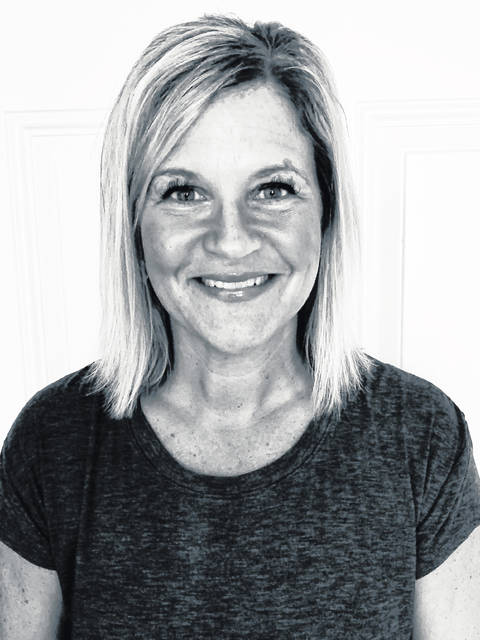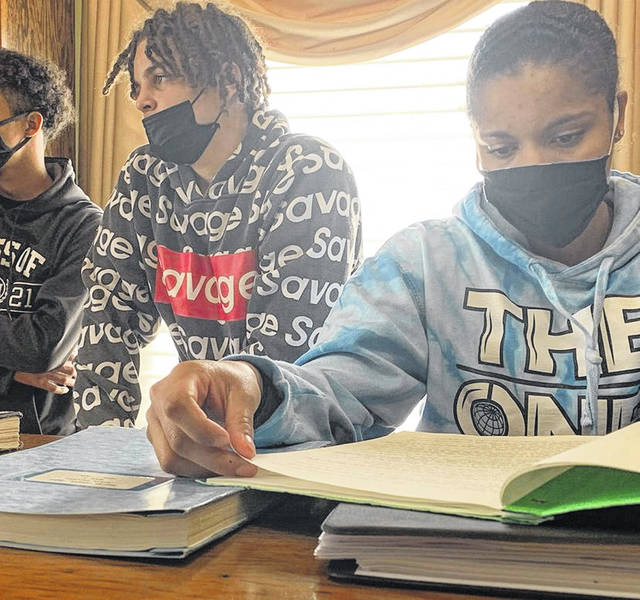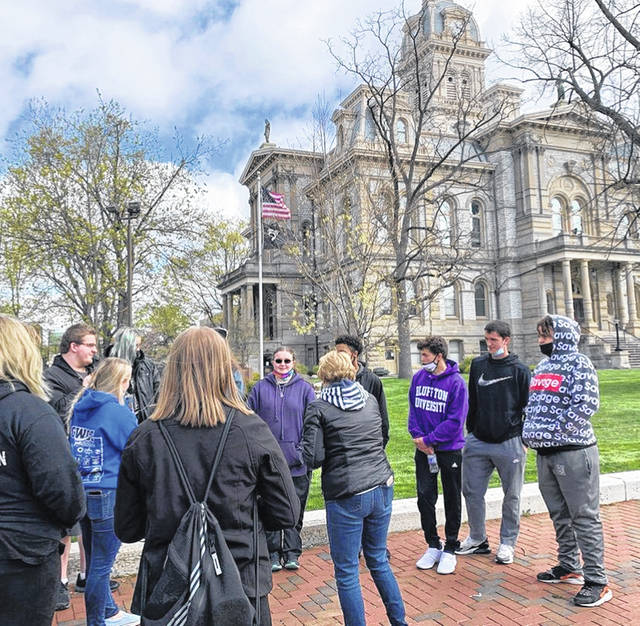


SIDNEY — Students aren’t necessarily eager to read about history, but it doesn’t take much to spark their curiosities.
A short time ago I challenged a group of students to take a fresh look at our downtown. With the leadership of Faye Spangler from the Shelby County Historical Society, a tour of the Monumental Building, Peoples Federal and the old jail was delivered. Looking at the artwork in the Monumental Building that commemorated the sacrifices of veterans from the Civil War was incredibly eye-opening for students. Listening to stories about the bullet hole in the chandelier and how the building was used for a Fire House in the late 1800s/early 1900s left students with an interest in investigating our city’s history further.
We toured downtown with fresh eyes and curious minds and landed at the Ross Historical Center to experience the “Flourishing Fifties” exhibit. Students couldn’t believe a cheeseburger at BK Rootbeer was only 15 cents in the 1950s! There were old band uniforms and questions about why Sidney school colors used to be orange and black. We found the picture of the day city planners broke ground on Tawawa Park.
Then, one of my students pointed out a news article and commented “Hey, this sounds like today’s news.” The article was an excerpt from a speech delivered by William T. Amos. The excerpt read “ Sidney has earned the reputation (even in her own citizens’ estimation) of being a community without pride. For years, our leading citizens bragged about ‘one of the lowest municipal tax rates in the state’ while the municipal government became more hamstrung in its efforts to service a growing community, our school system continually deteriorated, and cultural needs were ignored. Any bond issue — no matter how small — was sure to fail. Citizens of caliber and ability refused to give their time or interest…”
The comments that my student found so relevant were from 1949 – the year that the state condemned and closed five of the public grade schools in Sidney after failure upon failure to pass a levy to return the buildings to code. My stomach churned as I tried to find a suitable response to frame the connections students were making between then and now.
The students who will graduate in 2021 have experienced the failure of 13 school levies since they entered kindergarten. Some of them have become reluctant experts on Ohio’s broken school funding system. Many of them have lost hope that state legislators will do anything to create meaningful change since the Ohio Supreme Court ruled the way we fund schools unconstitutional in 1997- yet the same funding framework exists today. All of them have lost faith that schools are something the community values at the local level in their hometown. This is their experience. I was unsure of how to help them frame it. In the current climate to even address it can land a person in the epicenter of a social media attack where half truths and accusations malign a person’s modest attempt to present facts.
One thing I know for sure is that context matters. Facts matter. With further research, we discovered the facts surrounding Mr. Amos’ comments relative to 1949. In fact, it was the beginning of one the greatest comeback stories in our city’s history. His comments referencing the year 1949 were part of a 1958 application for a national award for “All American Cities.” Between the years of 1950 and 1955 the people of Sidney committed to a revitalization that has since been unrivaled. The application explains how Sidney had a “tremendous four-year record of community accomplishment.”
The citizens passed four school levies and built four new grade schools, developed and financed a 110 acre civic park that we all enjoy – Tawawa, passed a levy for recreational facilities and street improvement, organized a Citizens Committee to promote positive growth and progress, founded the Community Foundation, and so much more. It is estimated, according to the application, that over 500 citizens stepped up to actively engage in moving this community forward in a positive, meaningful way.
At the forefront of these advances were Oliver Amos, Wendell Whipp, Tom Anderson, Robert Hepler, William Milligan, C.D.W. Anderson, William Amos, and Jerome Wagner. In 1958 Sidney was awarded an Honorable Mention on the list of “All American Cities.” The civic work continued, community pride remained a focus, and a new public high school was built. In 1965, in a ceremony in Seattle, Washington, Sidney, Ohio won the title of “All American City.” This comeback story was their legacy, the fruits of which we all continue to enjoy today.
My discussion with students centered around what this legacy reflects about the Sidney community in the 1950s and 1960s. They describe the comeback era Sidney citizens as compassionate, confident, hardworking, ambitious, community minded, persistent, willing to listen, dedicated to improvement, forward thinking, and willing to share. All of these traits are admirable. All of these traits are choices we have the power to make today and in any age. We can choose another comeback. There are exciting signs all over our downtown that many citizens have made that choice and are hard at work shaping the next comeback story. I hope that a part of the next great comeback will include support for the schools. History is watching. What will our legacy be?




